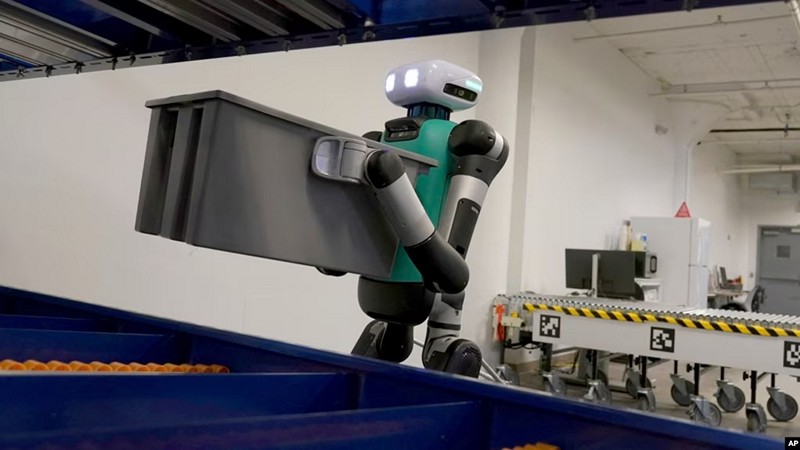
Creating humanoid robots that are both humanlike and practically useful has long been a dream in engineering, inspired by science fiction. Recent advancements in artificial intelligence have reignited interest and investments in building humanoids, even though many current prototypes remain clumsy and impractical in real-world scenarios. While some startups focus on the aspiration to make robots look like humans, others prioritize creating robots that can effectively operate within human environments. In the quest to create humanoid robots, what differentiates start-ups like Agility Robotics and their approach to building robots like Digit, how might humanoid robots address labour shortages and perform tasks that humans are less inclined to do in the future, and what is the significance of the iterative development and the focus on dexterity in the pursuit of advanced humanoid robots?
Top Stories This Week
- Do We Really Need Humanoid Robots?
- Wexford-Based Company ‘Shocked’ To See Its Electronic Components Used In Russian Missiles
- Vietnam Sets Sights On Becoming Semiconductor Hub
- Meet Grok: Elon Musk’s No Filter, Sarcastic ChatGPT Rival
- Apple’s M3 Chips: The Result Of A $1 Billion Project
- An AI Just Negotiated A Contract For The First Time Ever — And No Human Was Involved
- New Bluetooth Warning For Millions Of iPhone Users
- Lithium-Ion Battery Fires ‘Will Go Up Exponentially’, Warns Energy Storage Chief
- Wearable Vibrotactile Device Prevents Astronauts Getting Lost In Space
- Canon’s Alternative Chip Equipment Likely Subject To Trade Curbs To China
- Imagination And Ventana To Build A RISC-V CPU-GPU Platform
Hardware Business News
Wexford-Based Company ‘Shocked’ To See Its Electronic Components Used In Russian Missiles
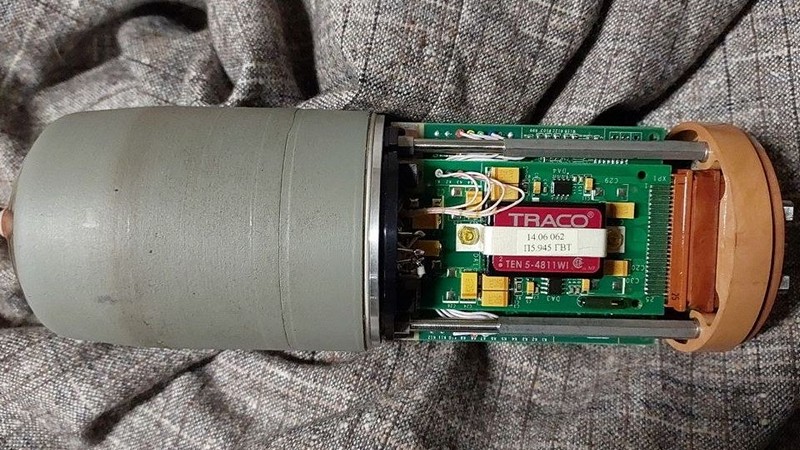
Recent reports have unveiled an unexpected turn in the defence industry, as it was revealed that Switzerland’s electronic components found their way into Russia’s cutting-edge Verba shoulder-fired surface-to-air missiles, also known as MANPADS. Of particular interest is the integration of a Swiss power converter from Traco Power into the missile’s multi-spectral optical heat-seeker, which has significantly improved the performance of these self-guided missiles. How did Swiss electronic components find their way into Russian MANPADS, what are the key advantages of the Verba MANPADS, and given Switzerland’s traditional neutrality in the arms trade, what are the implications of this revelation for international relations and the arms industry?
Vietnam Sets Sights On Becoming Semiconductor Hub
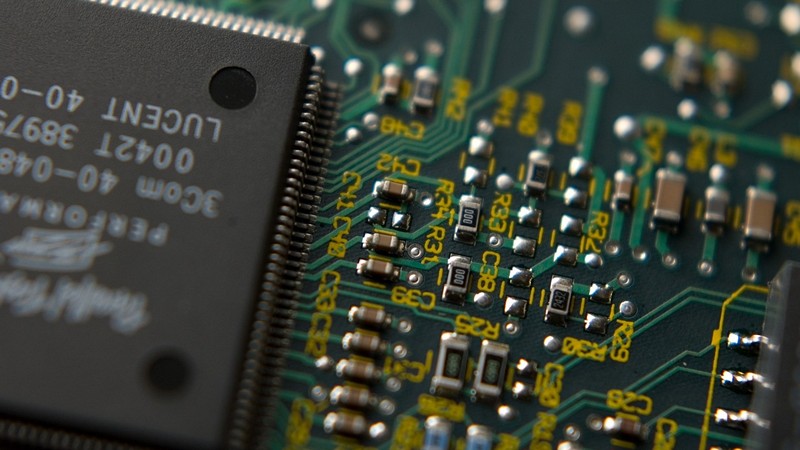
In a surprising twist, Vietnam is emerging as an aspiring player in the semiconductor industry, thanks to a strategic partnership announced during U.S. President Biden’s visit in September. The country’s ambition to become a semiconductor hub akin to Taiwan has ignited the establishment of entities like FPT Semiconductor, which aims to develop power management ICs (PMICs). How has Vietnam’s strategic partnership with the U.S. and the establishment of FPT Semiconductor catalysed the country’s aspirations to become a semiconductor hub, what specific steps and initiatives, such as the establishment of a semiconductor faculty and collaborations with U.S. experts, are being taken to bolster Vietnam’s semiconductor talent and ecosystem, and what are the potential implications for the semiconductor industry and supply chain resilience as Vietnam takes steps to expand its capacity in semiconductor manufacturing, particularly under the U.S. CHIPS Act?
Meet Grok: Elon Musk’s No Filter, Sarcastic ChatGPT Rival

Elon Musk’s secretive AI start-up, xAI, has revealed Grok, an AI chatbot designed to answer questions with a touch of humour and sarcasm. Unlike traditional chatbots, Grok takes a daring approach by answering questions considered taboo on other platforms. Inspired by the iconic science fiction novel, “The Hitchhiker’s Guide to the Galaxy,” Grok offers witty responses, even to spicy queries. It’s built on the Grok-1 language model and has real-time knowledge of the world via the X platform. This unconventional chatbot is making waves, but questions arise about its capabilities and potential impact. What sets Grok apart from other chatbots, how does its sense of humour and willingness to answer taboo questions impact its appeal and use cases, and with Grok’s early release and plans for expansion, how might it influence the landscape of AI-driven chatbots?
Apple’s M3 Chips: The Result Of A $1 Billion Project
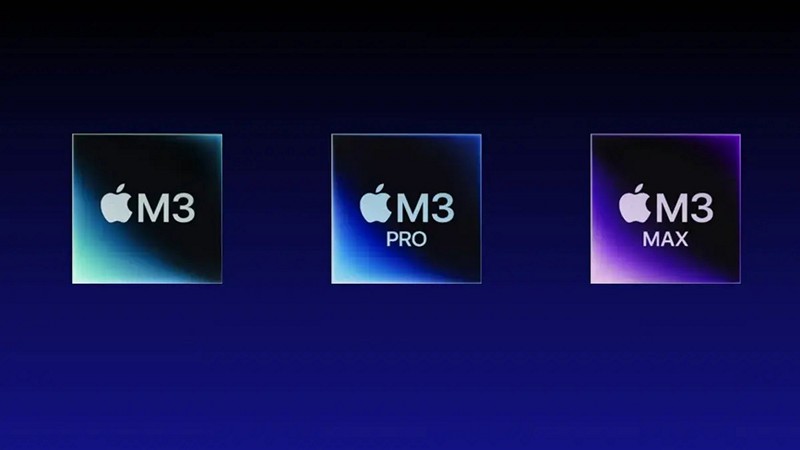
Apple’s journey into designing its in-house PC chips, following the success of the M1 series, has been transformative for the PC industry. The M1 chip demonstrated both performance and efficiency, earning the trust of early adopters for a transition to ARM-based desktop architecture. With Apple’s Rosetta technology enabling app compatibility, users embraced this shift. Now, Apple has unveiled the M3 series of chips, a billion-dollar gamble that aims to push the boundaries of power and efficiency in computing. How have Apple’s M series desktop chips, starting with the M1, changed the landscape of the PC industry, what sets the M3 series apart from its predecessors, the M2 and M1, in terms of technological advancements and performance, and how does it cater to various Mac devices?
Hardware Engineering News
An AI Just Negotiated A Contract For The First Time Ever — And No Human Was Involved

In a remarkable world-first achievement, Luminance, a British AI firm, has harnessed the power of artificial intelligence to autonomously negotiate contracts with another AI, entirely devoid of human involvement. Luminance’s AI system, known as Autopilot, leverages a proprietary large language model (LLM) to analyse and modify contracts, aiming to alleviate the administrative burden on legal professionals. Autopilot’s ability to navigate contract negotiations, from inception to finalization, heralds a potential game-changer in the legal industry. How does Luminance’s Autopilot redefine the contract negotiation process by enabling AI-to-AI interactions, what are the implications for the legal profession, and what challenges and opportunities does AI-driven contract negotiation pose for businesses and the legal industry?
New Bluetooth Warning For Millions Of iPhone Users

Millions of iOS 17 users have found themselves susceptible to a potential security threat posed by a relatively affordable gadget known as the “Flipper Zero.” Priced at $169, this versatile device, originally designed as a “multi-tool for geeks,” has the alarming capability to incapacitate iPhones by inundating them with connection requests. The consequences of this Denial of Service (DoS) attack are severe, leaving victims with barely usable phones, and the only known defence against this attack is to deactivate Bluetooth entirely. How does the Flipper Zero pose a significant security threat to iPhone users, what specific attack technique does it employ to disrupt iOS 17 devices, and what are the implications of this Denial-of-Service attack on iPhone users?
Lithium-Ion Battery Fires ‘Will Go Up Exponentially’, Warns Energy Storage Chief

The increasing proliferation of lithium-ion batteries in various sectors, including energy storage, is raising concerns about the surge in fires associated with these batteries. As the demand for lithium-ion batteries continues to grow, safety becomes a paramount concern, especially in densely populated areas. Marco Terruzzin, Chief Commercial and Product Officer of Energy Vault, emphasizes the need for prioritizing safety in the face of this impending challenge. How has the widespread adoption of lithium-ion batteries, particularly in energy storage, contributed to the increased risk of fires associated with these batteries, as highlighted by Marco Terruzzin of Energy Vault, what are the main factors contributing to the overheating and fire risks associated with lithium-ion batteries, and what steps are Energy Vault and other companies taking to address the safety concerns surrounding lithium-ion batteries?
Hardware R&D News
Wearable Vibrotactile Device Prevents Astronauts Getting Lost In Space

Astronauts venturing into the cosmos face unique challenges, one of which is spatial disorientation induced by prolonged spaceflight. Researchers have now explored an innovative solution to this problem – wearable vibrotactile devices. These devices provide orientation cues to astronauts through vibrations, helping them stay oriented and safe in the weightless expanse of space. As astronauts must learn to trust artificial cues in the absence of their usual sensory inputs, this novel technology could significantly improve their capacity to navigate and maintain balance during space missions. How do wearable vibrotactile devices address the issue of spatial disorientation that astronauts often encounter during long-duration spaceflight, what were the key objectives and methodology of the research study conducted by scientists to assess the effectiveness of vibrotactors in a simulated spaceflight environment, and in the study, how did participants respond to the vibrotactors in both Earth-like and spaceflight simulation scenarios?
Canon’s Alternative Chip Equipment Likely Subject To Trade Curbs To China
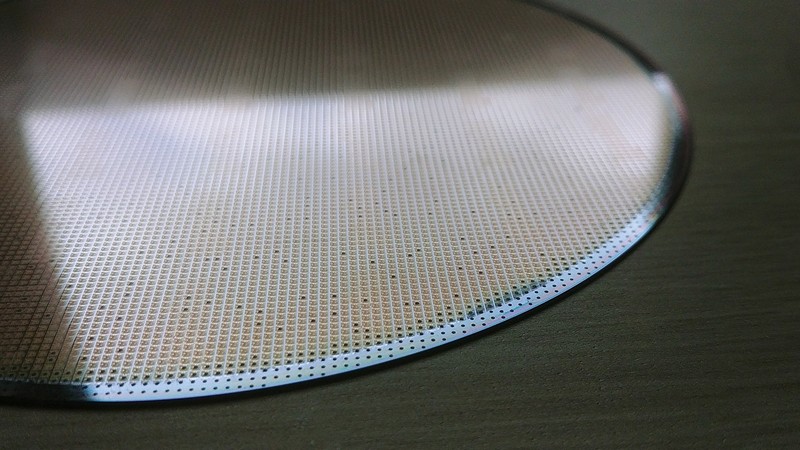
Canon has announced its intention to offer nano-imprinting lithography (NIL) technology at a lower cost than the chip-making technology currently provided by ASML. NIL serves as an alternative to ultraviolet (EUV) and deep ultraviolet (DUV) photolithography techniques, typically used in advanced semiconductor fabrication. ASML is the sole supplier of EUV and DUV technology, which is crucial for mass-producing chips below 7nm. However, the high cost of EUV machines has restricted access to this technology for smaller players in the semiconductor industry. What role does nano-imprinting lithography (NIL) play as an alternative to ultraviolet (EUV) and deep ultraviolet (DUV) photolithography in semiconductor manufacturing, why is ASML, the primary supplier of EUV and DUV technology, unable to export this technology to Chinese customers, and what export curbs and trade restrictions are impacting Canon’s plan to provide NIL technology?
Open-Source Hardware News
Imagination And Ventana To Build A RISC-V CPU-GPU Platform
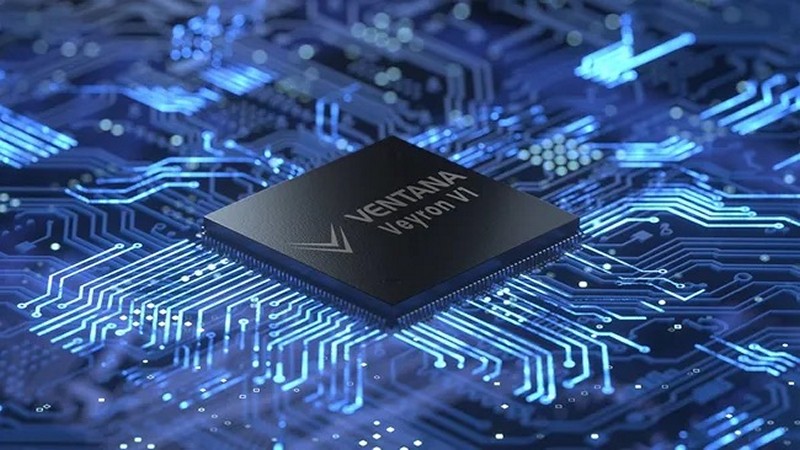
RISC-V, known for its presence in microcontrollers and specialized devices, is rapidly evolving and gaining popularity as an instruction set architecture. Ventana Micro Systems has partnered with Imagination Technologies to create a CPU-GPU platform based on RISC-V, with plans to unveil it at the upcoming RISC-V Summit. Ventana has previously introduced a datacenter-grade Veyron V1 CPU IP based on RISC-V, capable of offering impressive performance. However, realizing that a CPU requires graphics capabilities, Ventana sought collaboration with Imagination Technologies to integrate a RISC-V GPU into its platform. How does Ventana Micro Systems aim to enhance RISC-V’s capabilities through its CPU-GPU platform collaboration with Imagination Technologies, what potential advantages does Ventana’s Veyron V2 CPU offer over AMD’s EPYC processors in terms of integer computations, as projected by Ventana, and how might the availability of RISC-V CPU and GPU IP lead to the development of a RISC-V platform targeting a wide range of client applications, and what implications could this have for the semiconductor industry and beyond?


